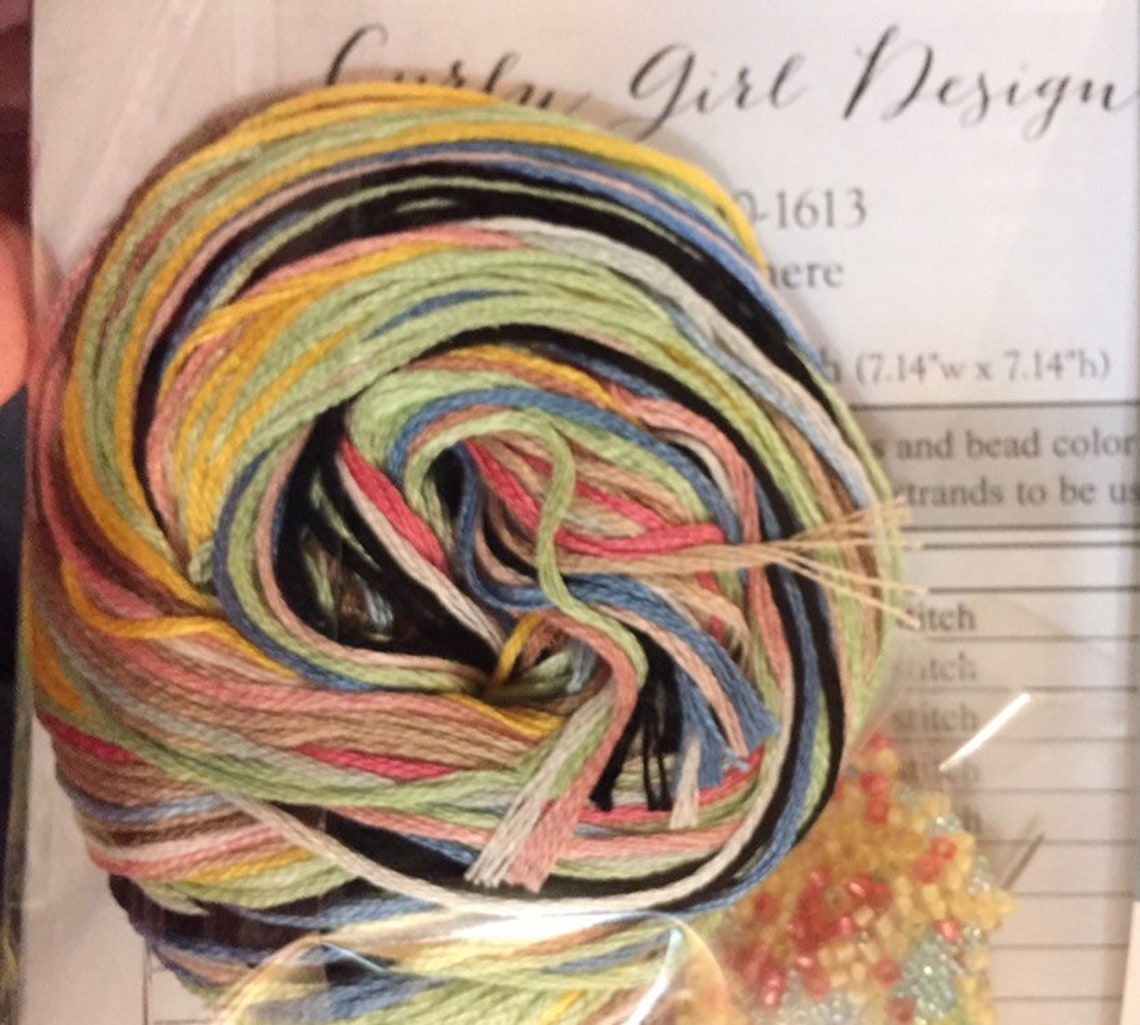

Parking Figure 5 (click for larger image)

In figure 4 I’ve started on the second row, there’s a few stitches in this colour so the block now begins to fill up nicely. Parking Figure 4 (click for larger image) Again this is something where you will need to decide what works best for you, some may only like to park in the next block while others might be happy threading across three or four blocks, you might even park in a block in the next column. The whole piece is stitched so there is none of the usual problems with show through but threading too many colours down the back can make it a little bulky. I will only park within the next two blocks because I don’t want to run my thread too far across the back. One of the colours doesn’t appear in the next two blocks so I fasten off that colour and if I need it again further down I’ll join it in again later. There are now some scattered stitches of the colours that have been added in to complete the first row. Parking Figure 3 (click for larger image)įigure 3 is moving on a bit and I’ve completed the first row in the block. Some people will work with multiple needles and leave their parked threads with the needles still on, I tend to end up poking myself with the needles so I take them off. Next I’ll be joining in the colour I need for the symbol next to those completed stitches, I use the same needle so I’ll take it off the parked thread and load it up with my new colour. The picture above shows the two stitches I worked in the block and where I have parked the thread ready for the bottom leg of it’s next stitch. Parking Figure 2 (click for larger image)īecause I work my stitches from bottom left to top right (so the bottom leg of the cross stitch looks like /) I’ll bring the thread up at the bottom left hole where the next stitch will be. Once I’ve finished this colour in this block I’ll check my pattern and find where the colour is used again further down the column. On this example I’ve got an extra two rows because the page above finished with an eight row block.). Starting with the top row I’ve already got a thread parked in the first hole, I thread this on my needle and then stitch every occurrence of that colour in the ten rows conveniently marked by my red gridding line. When I finished that page I parked some of the threads ready for working on this page. The stitching at the top of the picture is the bottom of the first row of pages, so I’m just starting the page underneath. Parking figure 1 (click for larger image)

We’ll start with a picture of where I am now. Once I’ve completed the column I’ll pull out the gridline that I’ve just stitched up to and use it to grid the next page. I work this way because I’m too impatient to grid the whole thing at once, I usually just want to get started. When I’m preparing a project I’ll grid the page outlines and then before I start a page I’ll add in the vertical gridlines 10 stitches apart. Doing this I work the pages left to right and the columns left to right. I will finish the column to the bottom of the page before moving onto the next column. I think the key with parking is once you understand it then practice if something doesn’t feel right then experiment and find the right way for you.įirst I’ll start by explaining that I work in columns down the page working down 10 rows at a time and leaving my thread where it next appears in the column. The method I use is the one which works best for me and may not be the best method for everyone. I’ve put the following guide together to explain (with pictures) the method that I use for stitching and parking my threads.


 0 kommentar(er)
0 kommentar(er)
